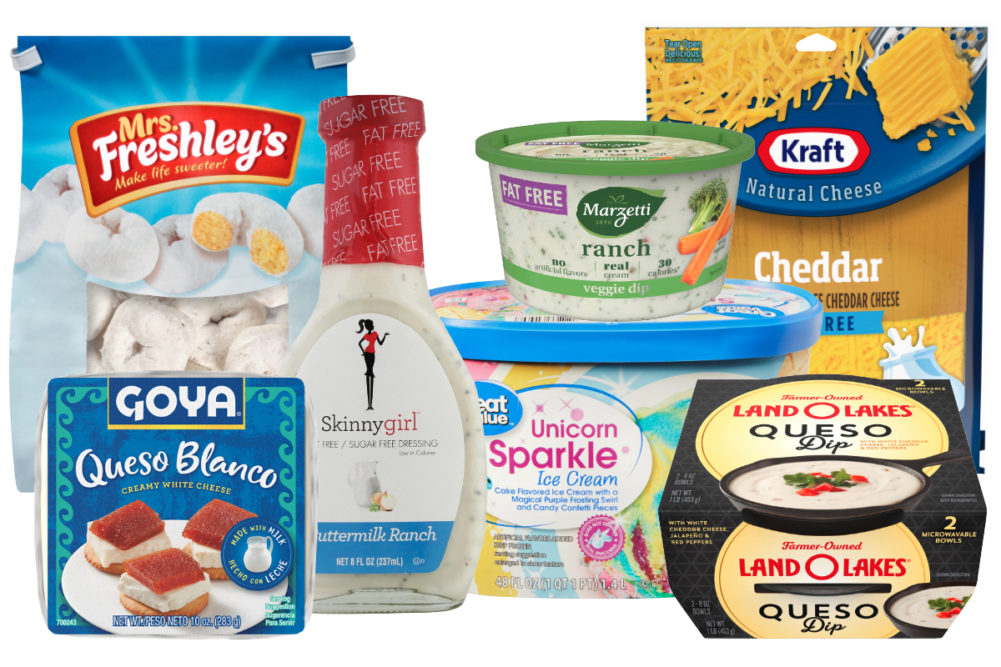 CHICAGO – Product developers in the late 1980s into the 1990s working on fat-free foods and beverages often turned to titanium dioxide to replace the white color associated with the absence of creamy milkfat. The ingredient was approved as a color by the Food and Drug Administration in 1966, and until the fat-free craze, it was mostly used to provide opacity to candies, baked foods and frostings/fillings.
CHICAGO – Product developers in the late 1980s into the 1990s working on fat-free foods and beverages often turned to titanium dioxide to replace the white color associated with the absence of creamy milkfat. The ingredient was approved as a color by the Food and Drug Administration in 1966, and until the fat-free craze, it was mostly used to provide opacity to candies, baked foods and frostings/fillings.
In the European Union, titanium dioxide (E 171) was authorized as a food additive in 2008. Eight years later, its safety started being questioned, and on May 6, 2021, the European Food Safety Authority said it no longer considers titanium dioxide safe as a food additive.
Titanium dioxide’s origins are unique for the food coloring space, where FDA limits its use to not exceed 1% of a food’s weight. It is made from titanium, the ninth most common element in the Earth’s crust. Titanium is classified as a transition metal on the periodic table and interacts with oxygen to form titanium oxides, commonly found in ores, indigenous dusts, sands and soils. It is used in paint and skin care products, namely sunscreen, as it functions as an ultraviolet light filter. The FDA exempts it from certification, which is suggestive of it being a natural colorant, yet it is not found in nature. It is also not on Whole Foods Market’s “unacceptable ingredients list for foods;” however, Panera included it in its “no-no list” released in 2015. Prior, it was used in the chain’s mozzarella cheese.
Several brands have taken a stand against titanium dioxide. Dunkin Donuts removed it from its powdered donuts and So Delicious reformulated its creamers to be titanium dioxide-free. Still, the synthetic color may be found in all aisles of the supermarket. Fat-free ranch dressings and cheeses are commonplace, as are value ice creams, filled snack cakes and cookies, and confections, such as jelly beans and starlight mints.
Some brands list titanium dioxide in the ingredient statement, with or without a disclaimer that it is for color. Others may hide its inclusion by simply stating “color added.” In some instances, it may be used in minute amounts in a flavor system and not require disclosure.
In the United States, titanium dioxide may not be used in foods with a standard of identity unless it is included in the standard. The standard for mozzarella cheese, for example, states coloring may be used to mask any natural yellow color in the curd. Monterey Jack cheese, on the other hand, does not have color included in its standard of identity. So, while it is a white cheese, color cannot be added to make it whiter, as can be done with mozzarella.
Titanium dioxide is an economical colorant, which is why it is used in many dairy-based products. It may replace more expensive dairy solids while at the same time reduce calories, as well as fat and protein content. One way to eliminate titanium dioxide is to add cream, milk or whey powders.
There are limited alternative opacifying ingredients in the market. On Nov. 7, 2017, calcium carbonate was approved as a color additive exempt from certification in chewing gums, mints, hard and soft candies, and inks used on the surface of chewing gums. Unlike with titanium dioxide, there are no maximum usage limits.
Rice starch has emerged as another option for opacifying foods, with or without whitening minerals. Color suppliers are exploring a range of starch and mineral-based solutions, sometimes in conjunction with other natural ingredients. Sugar and polyol crystals, for example, may also assist, as they refract and scatter light, contributing to white color.
Titanium dioxide’s brilliant white and inert behavior makes it irreplaceable. But maybe foods do not need that much white. As consumers prioritize cleaner labels and become more accepting of minimally processed foods, white may go out of style.






